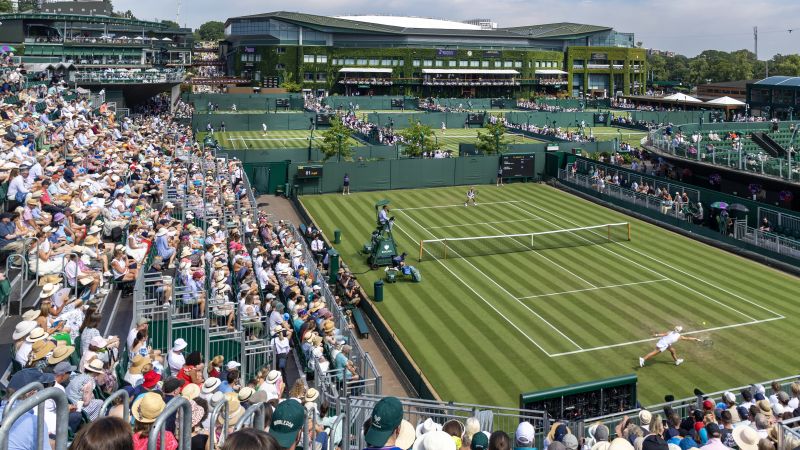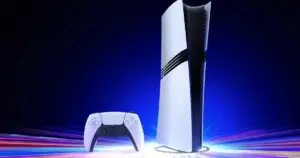
The All England Lawn Tennis Club in London has made a historic shift at Wimbledon, eliminating human line judges for the first time in 148 years. This decision, announced last October, replaces the iconic officials with an electronic calling system, sparking debate about the impact on the tournament’s character and tradition.
Pauline Eyre, a former line judge who officiated at Wimbledon 16 times, recalls the pride of walking onto the grass courts in her Ralph Lauren uniform. “It was a great feeling of pride,” she tells CNN Sports. But with the introduction of technology, Eyre believes the human element of the sport is being lost. “It takes away the humanity from tennis,” she says, emphasizing the role of line judges as part of the court’s “furniture.”
The Shift to Electronic Line Calling
Wimbledon’s decision aligns with a broader trend in the tennis world. The ATP and WTA Tours, along with the Australian and US Opens, have already adopted electronic line calling (ELC). Roland-Garros remains the only Grand Slam still using human line judges. According to Sally Bolton, chief executive of the All England Lawn Tennis Club, the move ensures “maximum accuracy” and consistent conditions for players.
Andrew Jarrett, Wimbledon’s tournament referee from 2006 to 2019, supports the change, noting that technology offers superior accuracy. “Provided it is set up correctly, then you get a very good result,” he says. Yet, he acknowledges the “cost to the human side” of the sport, potentially discouraging young officials who aspire to call lines at Wimbledon.
Mixed Reactions from Players and Officials
Players have shown mixed reactions to the new system. Women’s top seed Aryna Sabalenka is “50/50” but leans towards ELC for its objectivity. In contrast, defending champion Barbora Krejčíková prefers the “old traditional style,” and American Frances Tiafoe enjoys the “fanfare” of challenging a line judge.
Despite the technological advancement, issues have arisen. During a second-round match, the system made an unprompted “out” call, causing confusion. China’s Yuan Yue noted that the automated calls were sometimes too quiet, a sentiment echoed by Eyre, who believes electronic calls lack the clarity of a human voice.
“We had to sell the call: out, definitely, it’s out, in one very short, sharp syllable,” Eyre explains, highlighting the change in atmosphere.
The Future of Officiating at Wimbledon
For now, Wimbledon has reduced its pool of line judges from 300 to 80, using them as “match assistants” in case of ELC failure. This marks a significant shift from when Hawk-Eye cameras were first used in 2007, allowing players to challenge human calls.
Jarrett recalls that replacing line umpires was “not on the agenda” during his tenure, though the path to full automation seemed inevitable. “We were starting a journey that would possibly lead to this one day,” he reflects.
Eyre, now a stand-up comedian, uses her line-judging experiences in her routines. She acknowledges the nostalgia surrounding line judges, who are now remembered fondly as part of Wimbledon’s charm. Despite their reputation as “terribly officious people,” Eyre believes the true motivation was a love for the game. “We just wanted to be part of something we loved,” she concludes.
As Wimbledon embraces technology, the debate over tradition versus innovation continues. The tournament’s decision marks the end of an era, but also the beginning of a new chapter in tennis officiating.





